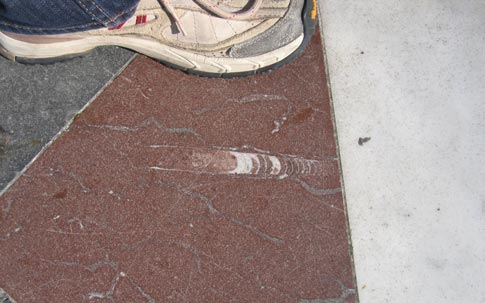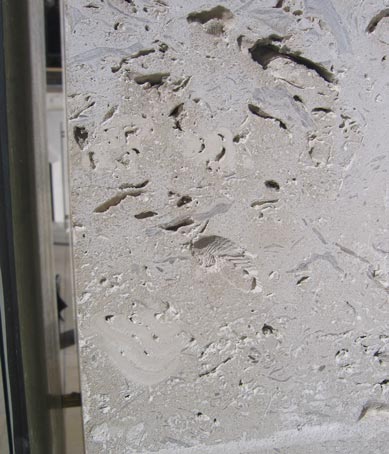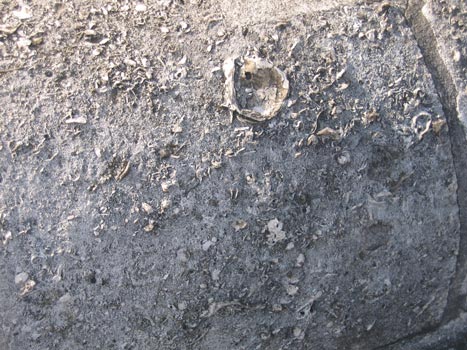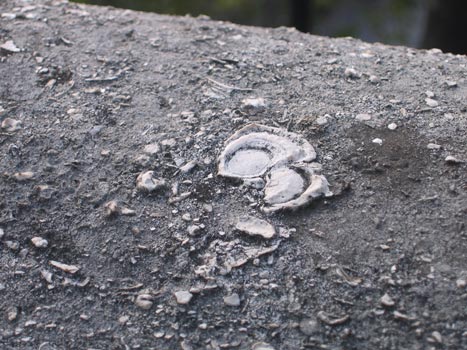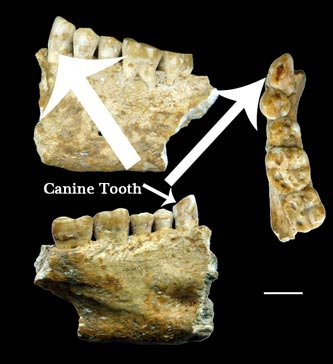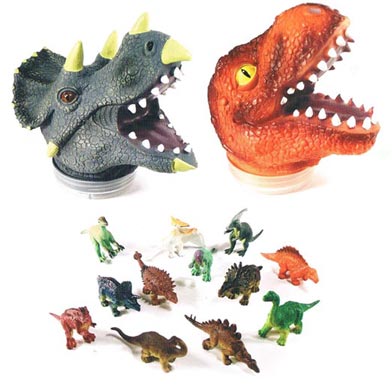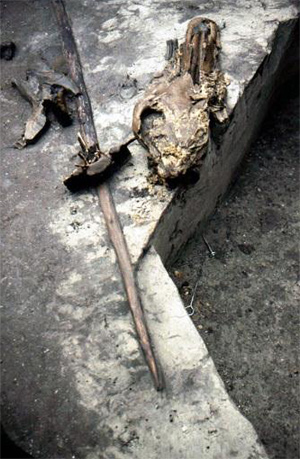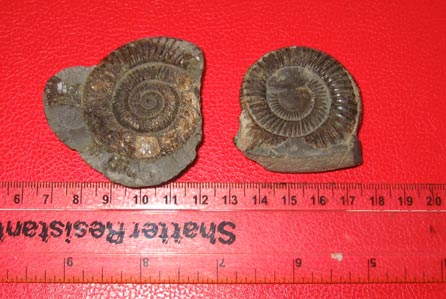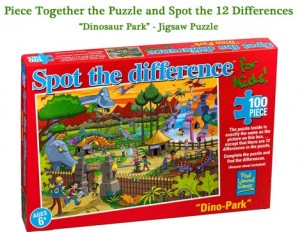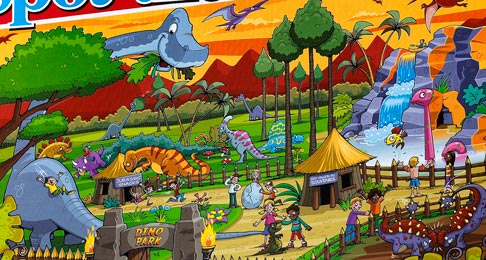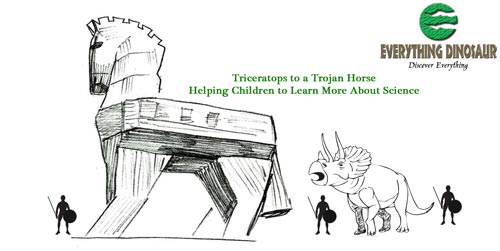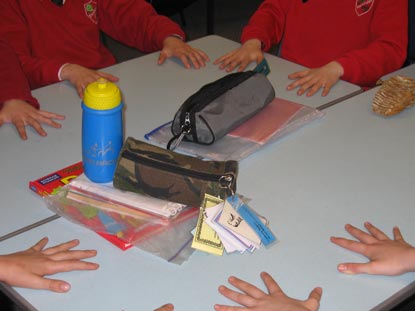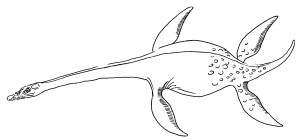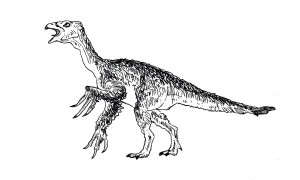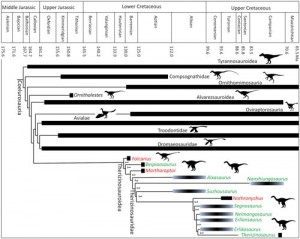Saltwater Crocodile Beheaded in Protest by Queenslanders
Locals Take Action to Cull Crocodiles as Fears over Attacks Increases
Queensland environmental officers have discovered the torso of a Saltwater crocodile at a popular North Queensland beach and believe the animal was caught and beheaded by local residents protesting about the Governments failure to act to control crocodile numbers. A local member of Parliament has commented that this beheading is a sign that Queenslanders have lost patience with the State and the National Government’s plans to manage the growing population of Saltwater crocodiles.
Saltwater Crocodile
The body of the eight foot long reptile was discovered just yards from where a border collie dog, a pet of a local fisherman, was snatched and dragged into the water by a large predator a few days earlier. Andrew Powell (Environment Minister), said in a statement that it appeared that the crocodile had been caught on a baited, stainless steel hook, this was found embedded in the animals torso.
Rangers discovered the body at Kewarra Beach, north of Cairns, a popular location with tourists and fishermen. The officers had been at the beach, setting traps in a bid to catch the crocodile that killed the dog, tests are being carried out to see if the beheaded crocodile was responsible for the attack.
Dealing with Resident’s Concerns
Although State officials are very aware of the concerns of residents, local people have been reminded that crocodiles remain a protected species and people illegally killing these reptiles can face fines of up to $24,000 AUD if caught and prosecuted.
In a bid to reassure residents, Mr Powell stated that the State Government was committed to a new crocodile management plan that would hopefully reduce the risk of attacks on people. The plan entails putting in place a number of security measures to prevent large crocodiles entering areas used for swimming or for other water activities. Crocodiles showing aggressive, unprovoked behaviour towards people are automatically removed to more remote wildlife habitats and there is a programme in place to routinely capture and remove any crocodile seen basking on ramps or marinas.
To see models of prehistoric animals including extinct archosaurs: Safari Ltd Dinosaur Models.
When asked to comment on this specific incident of the beheaded crocodile, Mr Powell said:
“We will take action to address this issue … but it is not safe or appropriate for anyone to take part in this sort of behaviour.”
Local Residents are Angry
Other politicians have commented that local residents are angry at what is seen to be a lack of action from State officials, the slaying of the crocodile is believed to be a sign that local people have lost faith in the authorities and are prepared to take matters into their own hands.
Although hunted to near extinction in the early part of the 20th century, Saltwater crocodile numbers in Queensland have been steadily increasing since 1970. These crocodiles are man-eaters and even a relatively small specimen at a little over a metre in length is capable of inflicting severe injuries to a person should the crocodile be given the opportunity to grab them.
State officials are confident that the existing measures being implemented should be enough to reduce the risk of attacks, but local residents have been urged to take note of the numerous crocodile warning signs that are being placed alongside beaches, rivers and other stretches of water where large crocodiles have been spotted previously.


